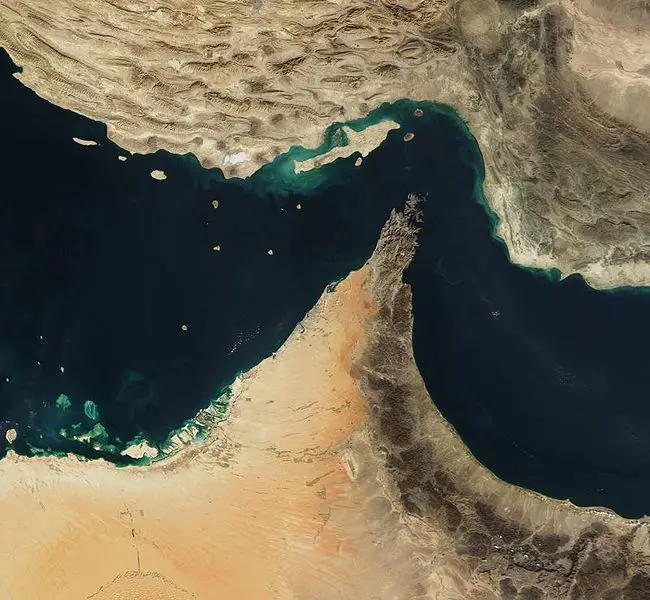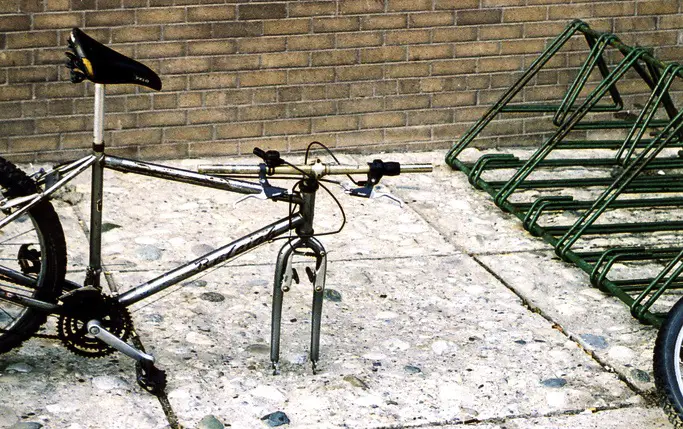Environmental remediation is a vital industry that deals with the removal of pollution and contaminants from soil, groundwater, sediment, and surface water that are left behind by manufacturing and industrial organizations. Remediation experts are often brought in to cleanup sites that are polluted from industrial activity, use of illegal pesticides, or events like oil spills or other pollutant dispersals. The role of the expert is to clean the sites to redevelop them or bring them back to an earlier natural state.
Environmental remediation is a growing industry. Valued at $19 billion, the industry is experiencing growth after a fitful last few years, in which it both showed growth and decline. Experts suggest the remediation and environmental cleanup industry will start to show upward growth again, as increased demand from construction and development companies will again require the expert services of environmental remediation specialists.
Removing contaminants is an exacting job: it requires specialized equipment and trained personnel to meet regulatory demands. Remediation work is governed by regulatory requirements, and is exposed to different types of human health and ecological risks where agreed standards are limited.
For example, one of the leaders in this industry uses its own patented chemical treatment process in environmental cleanups. New York-based Sevenson Environmental Services has removed or treated contamination on heavy metals like lead, arsenic, barium, cadmium, chromium, copper, cyanide, nickel, selenium, sulfide, and zinc.
Why Perform Environmental Remediation?
There are few cookie-cutter solutions to environmental remediation. Remediation is a time-consuming activity that can provide cost-effective solutions in the long term. Environmental remediation shouldn’t be confused with emergency response to accidents and incidents.
The typical environmental remediation project in the US starts like this: the Environmental Protection Agency (EPA) identifies an area as contaminated and starts the process for cleanup. It looks into who was responsible for the contamination and holds them responsible for paying for the cleanup. It also contracts with an environmental remediation company to do the physical assessment, which includes cleanup and monitoring of the site.
As the overseeing organization of these contaminated sites, the EPA is authorized to compel the responsible parties to initiate and pay for cleanup. Most of this work falls under its program called Superfund which oversees cleanup of industrial waste. If the responsible party cannot be found, the cleanup is paid for by the current owner of the property or trust fund.
Types of Environmental Remediation
Industrial waste exists in different forms, and different types of environmental remediation services are necessary to help the cleanup. This includes groundwater remediation, land remediation, environmental cleanup, and brownfield site preparation. Here’s an overview of some of the technologies used in the remediation process.
Water Remediation: Methods like carbon treatment, filtering, and air stripping are used to vaporize and capture contaminants for removal. This type of treatment is used with contaminated bodies of water, ground water, sediment in shorelines, marshes, and water storage facilities.
Companies like Sevenson use pump-and-treat methods in water remediation, removing the water from the contaminated area and treating it elsewhere. Oxidation treatment is sometimes used for contaminated soils and water to help break down chemical pollutants. In this treatment, the added oxygen can encourage the growth of bacteria and microbes to restore soil and water.
Soil & Land Remediation: In cases of contaminated soil and land, most environmental remediation companies excavate and dredge the land for treatment. This can be as simple as hauling the contaminated soil to a landfill, or it can also involve aerating the excavated material.
If contaminants affect a river or groundwater, then dredging may be conducted by scraping or pumping wet soils and sediments. These operations are performed with equipment designed to separate soil or water from the contaminant materials. This is an effective remediation technology. Injecting air or steam into dirt and water helps to vaporize contaminants, making them easier to collect and remove.
Bioremediation uses micro-organisms to treat contaminated water and soil, either on-site or after removal. Bioremediation cost less than other methods, but takes longer.
Preventing Spread of Contaminants: Solidification and stabilization are two common methods used to prevent contamination from spreading further. In solidifying, remediation specialists mix contaminated materials with cement to prevent further spread. This doesn’t remove the contaminants, but it does make the contaminants less volatile.
Stabilization takes a different approach. It involves mixing materials with contaminants to alter them and make them less hazardous, particularly arsenic and mercury.
Incineration is also used in remediation jobs. Specialists will burn the contaminated soil to remove hazardous materials and purify it.
While environmental remediation may seem like an isolated response to a contamination or pollution issue, it’s actually an integral part of urban development. Analysis, costs, methods, and outcomes will vary by site; but for the best results, these methods must all be considered and managed.
Many environmental cleanups take years to complete, cost millions of dollars and renovate many acres of land. Experienced remedial action contractors have a significant impact on cost-effectiveness results, making environmental remediation part of a solid urban development and maintenance plan.
Danielle Smiley is a contributing journalist to Home and Community blogs, covering topics from design and environmental awareness to education, health, fitness and food. Follow her on Google+ and Twitter.
Photo: USACEpublicaffairs


